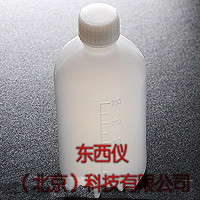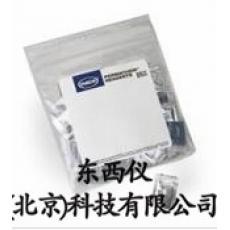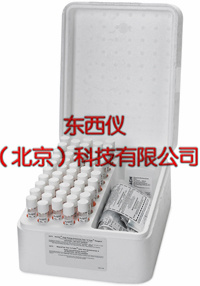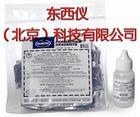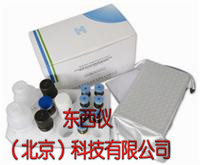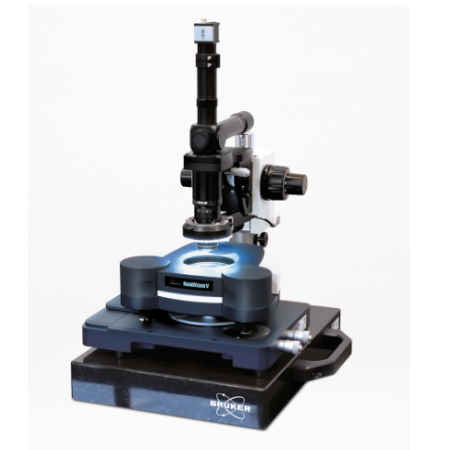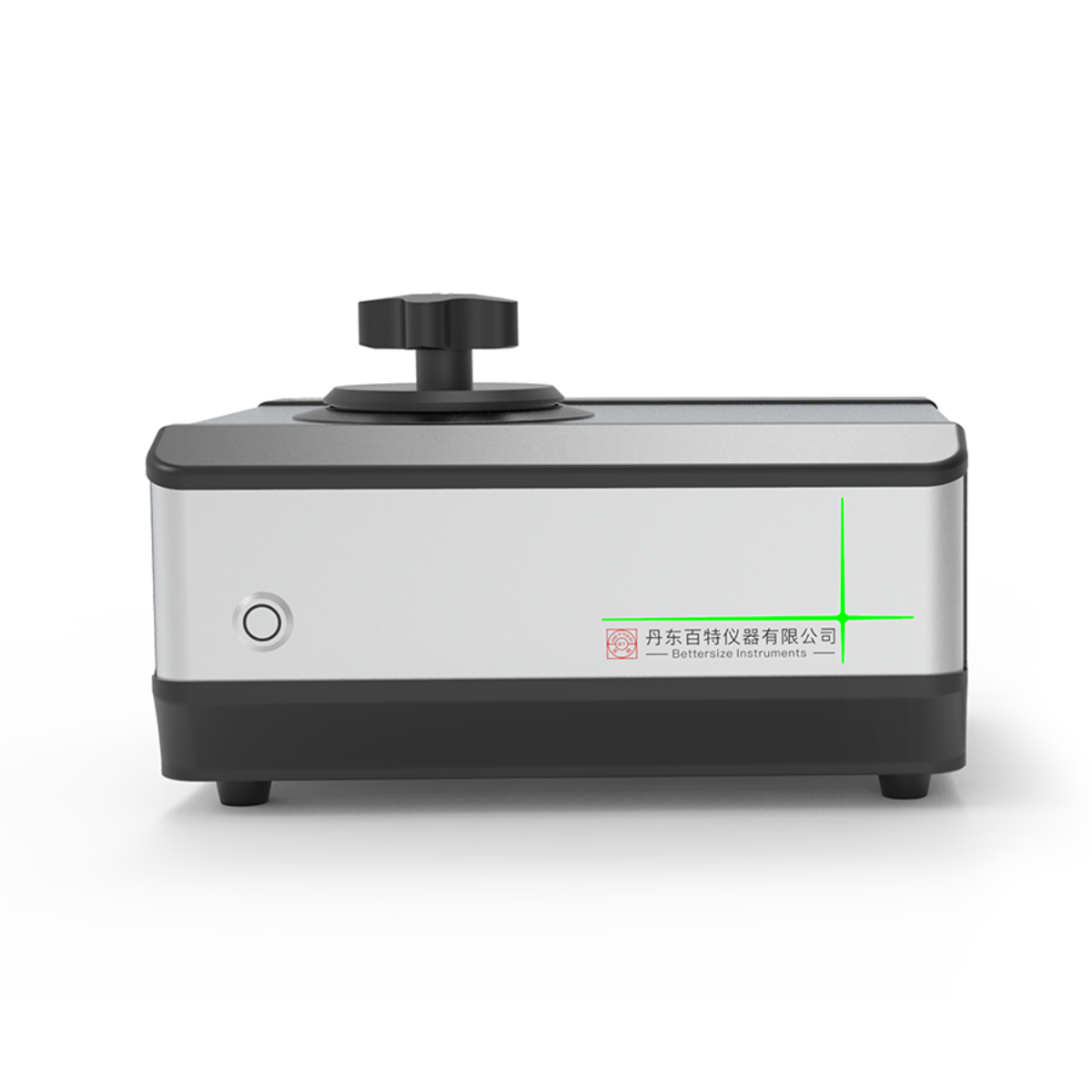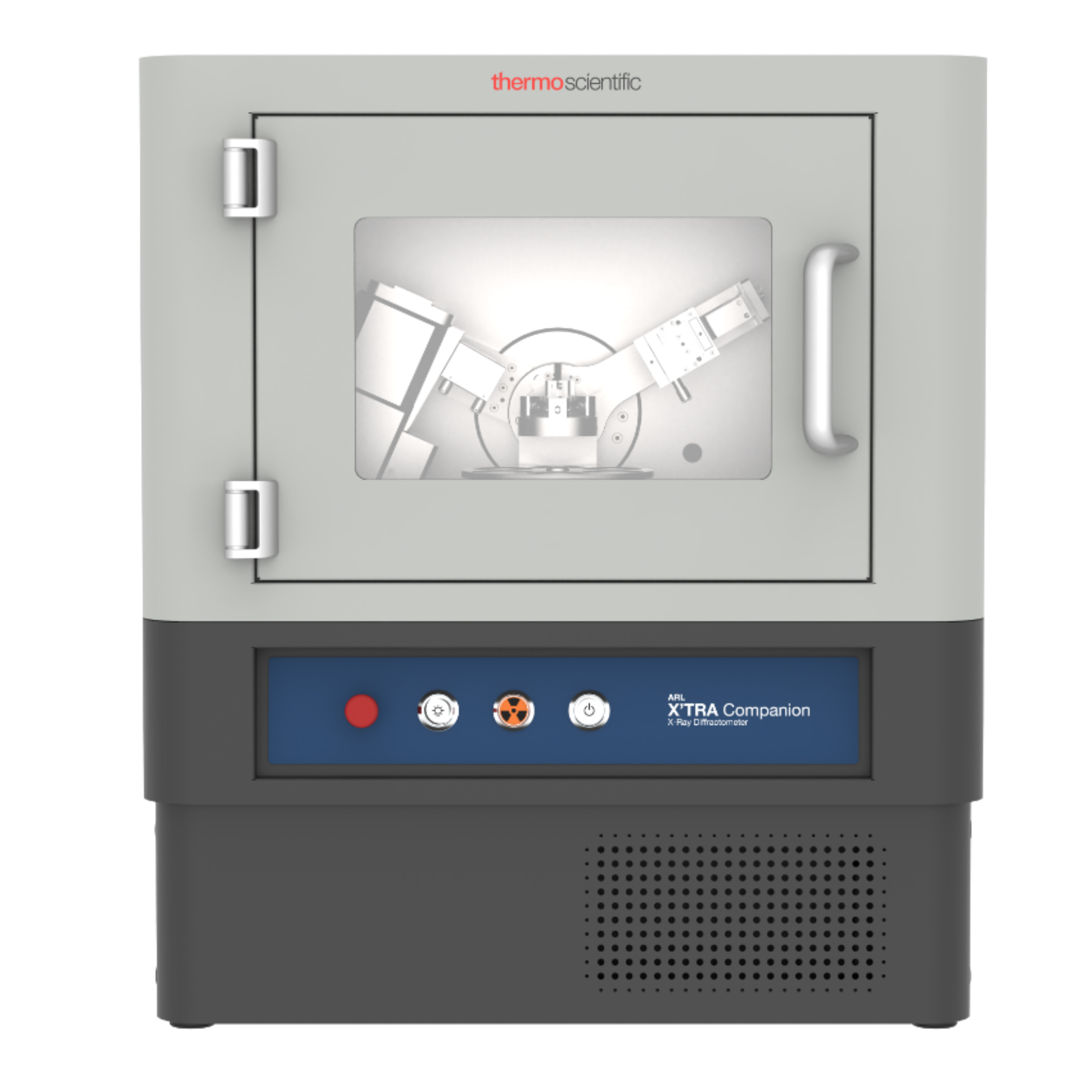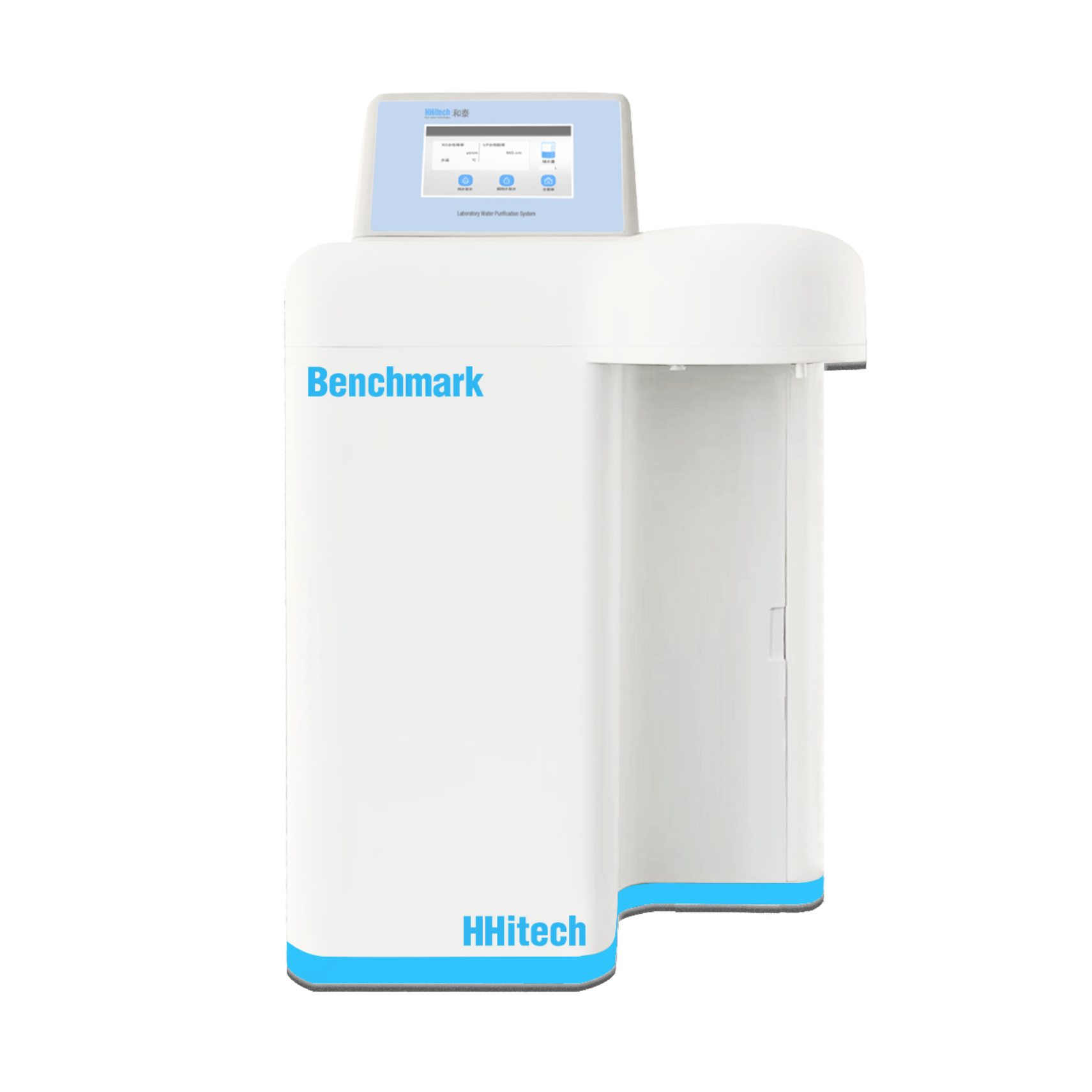搜全站
搜展位
产品介绍
| 产品名称: 综合总膳食纤维检测试剂盒 产品货号: wi96461 产 地: 爱尔兰 |
| 名称:综合总膳食纤维检测试剂盒 英文名:Integrated Total Dietary Fibre Kit 规格:100次(3瓶) 产地:爱尔兰 在水中的溶解度:易溶 pH值:7.0 气味:无 状态:液体 保质期:十年或以上(冰箱内) 成分 三玻璃瓶 名称 CAS a-淀粉酶(胰)酶 9014-71-5 1瓶(2g)(玻璃) 淀粉葡萄糖苷酶酶 9032-08-0 1瓶(6mL)(玻璃) 蛋白酶 9014-01-1 1瓶(10mL)(玻璃) 品牌:Megazyme 产品品名:综合总膳食纤维检测试剂盒 英文品名:Integrated Total Dietary Fibre Assay Kit 规格型号:100 assays per kit AOAC Method 2009.01 & 2011.25, AACC Method 32-45.01 & 32-50.01 INTRODUCTION: It is generally believed1-3 that an increased consumption of dietaryfibre (DF) will lead to a reduction in conditions such as constipation,diabetes, obesity, coronary heart disease and others. In the 1970’sTrowell had developed a definition of dietary fibre which evolved in19763 to: “Dietary fibre consists of the remnants of edible plant cells,polysaccharides, lignin, and associated substances resistant todigestion by the alimentary enzymes of humans.” This definition defines a macro constituent of foods which includescellulose, hemicellulose, lignin, gums, modified celluloses, mucilages,oligosaccharides, pectins and associated minor substances such as waxes,cutin, and suberin. On the basis of this definition3, appropriate methodology for themeasurement of DF was developed by a consortium of researchers in Europeand USA. This led to AOAC Official Method 985.29 (the Prosky method),4,5and to subsequent modifications of this method, including AOAC OfficialMethod 991.434 in which the buffers were changed. The aim of thesemethods was to give an accurate measurement of the content of totaldietary fibre in plant products and food materials. More specifically,the methodology aimed at hydrolysing and removing starch and protein.Fats were removed by the solvents employed to recover the non-hydrolysedmaterial. From the outset, it was realised that all protein was nothydrolysed, so each sample was then analysed in duplicate and residuesrecovered and weighed. One of these residues is analysed for ash contentand the other for protein. These weights are subtracted from the averageof the residue weights. It was also realised that, in the analyticalprocedure, starch also was not completely hydrolysed and removed. Thisin turn led to the discovery of so-called “resistant starch (RS)”. Thequestion then was, “should RS be measured and added to the total dietaryfibre value, or should it be analytically removed and ignored?” Since RSescapes digestion in the human small intestine, the general consensus isthat it should be accurately measured and included. Research in the1990’s showed that AOAC Official Method 991.43 underestimates RS, soalternative methods for the measurement of this component were developedand evaluated. While most of these new methods gave similar results fora range of RS containing samples, none of the methods survived therigours of interlaboratory evaluation except that of McCleary et al.6(AOAC Method 2002.02), which also gave results in line with thoseobtained from ileostomy patients. In the mid-1990’s it was generally agreed that dietary fibre shouldalso include non-digestible oligosaccharides (NDO), as these behavedphysiologically as dietary fibre. Specific methods were developed forfructan [and fructo-oligosaccharides (FOS)] (AOAC Methods 997.08 1 and 999.03)7,8, galacto-oligosaccharides (GOS) (AOAC Method 2001.03)9, resistant maltodextrins (RMD) (AOAC Method 2001.03)10 and Polydextrose? (AOAC Method 2000.11)11. The development of these methodologies was very useful for ingredient developers, food manufacturers and analysts measuring the specific component. However, for those interested in measuring the total dietary fibre content of a material, a problem was introduced. For many of these specific carbohydrates (including RS, inulin and resistant maltodextrins) a portion of the component is also measured by AOAC Official method 985.29 and 991.43. Thus if the value for a component determined using the specific method is added to the total dietary fibre value, some of the component is double counted. This is clearly depicted in Figure 1. Figure 1. Components measured, and not measured, by AOAC Official Methods 985.29 and 991.43. This problem of potential double counting led us to research and develop a procedure that allows the measurement of total dietary fibre, which includes RS and NDO. This integrated total dietary fibre (INTDF) procedure is depicted in Figure 2 and is modelled on AOAC Official Methods 2002.02 (resistant starch), 991.43 (total dietary fibre) and 2001.03 (resistant maltodextrins). The theory of this method is discussed in detail in McCleary (2007)12 and has been successfully subjected to an interlaboratory evaluation through AOAC International (AOAC Method 2009.01)13. A modified method for separately measuring insoluble dietary fibre (IDF), dietary fibre soluble in water but precipitated in 78% aqueous ethanol (SDFP), and dietary fibre soluble in water and not precipitated in 78% aqueous ethanol (SDFS) has also been successfully evaluated (AOAC Method 2011.25)14. SDFP was previously termed high molecular weight soluble dietary fibre (HMWSDF) and SDFS was previously termed low molecular weight soluble dietary fibre (LMWSDF) and is also referred to as non-digestible oligosaccharides (NDO). Several minor modifications to ensure complete measurement of FOS and complete removal of non-resistant maltodextrins are described Total Dietary Fibre (AOAC Method 985.29) (AOAC Method 991.43) Polydextrose Fibersol 2 Resistant Starch Cellulose Beta-Glucan Galactomannan Arabinoxylan Galacto-oligosaccharides Raffinose/Stachyose Pectin Arabinogalactan Inulin FOS Figure 2. Principle of the Integrated (Codex compliant) Total DietaryFibre assay procedure showing separate measurement of IDF, SDFP and SDFS. In November 2008, the Codex Committee on Nutrition and Foods forSpecial Dietary Uses (CCNFSDU) established a definition for dietaryfibre. This definition was accepted by the Codex Alimentarius Commission(CAC) in 2009 (FAO, 2009)16, marking the achievement of international consensus: “Dietary fiber consists of carbohydrate polymers with ten or moremonomeric units, which are not hydrolyzed by the endogenous enzymes inthe small intestine of humans and belong to the following categories:edible carbohydrate polymers naturally occurring in the food asconsumed; carbohydrate polymers which have been obtained from food rawmaterial by physical, enzymatic or chemical means and which have beenshown to have a physiological effect of benefit to health asdemonstrated by generally accepted scientific evidence to competentauthorities, and; synthetic carbohydrate polymers which have been shownto have a physiological effect of benefit to health as demonstrated bygenerally accepted scientific evidence to competent authorities. a) When derived from a plant origin, dietary fiber may includefractions of lignin and/or other compounds when associated withpolysaccharides in the plant cell walls and if these compounds arequantified by the AOAC gravimetric analytical method for dietary fibreanalysis: fractions of lignin and the other compounds (proteicfractions, phenolic compounds, by McCleary et al. (2013)15, as also are the problems in measurement ofRS4 (starch granules chemically cross-linked with phosphate groups). Sample (1.00 g) in sealed 250 mL bottle (in duplicate) Add Maleate buffer + pancreatic α-amylase (PAA) + AMG Add Trizma Base to adjust pH to ~ 8.2 Add Acetic acid (to adjust pH to ~ 4.3) + Sorbitol (Internal Standard) Add protease Remove 1 mL for Available CHO Determination Add 4 volumes of ethanol to precipitate SDFP SDFP (precipitate) SDFS (?ltrate) SDFP + SDFS in filtrate Filter through crucible with celite IDF residue Incubate in shaking water bath at 37°C for 16 h. Incubate at 100°C for 20 min. Cool to ~ 60°C. Incubate at 60°C for 30 min. Cool to room temperature. waxes, saponins, phytates, cutin, phytosterols, etc.) intimately“associated” with plant polysaccharides in the AOAC 991.43 method. b) Decision on whether to include carbohydrates of 3 to 9 monomericunits should be left up to national authorities.” The Integrated TDF method described in this booklet, as originallypublished in 200712, has been successfully subjected to interlaboratoryevaluation through AOAC International (Methods 2009.0113 and 2011.2514),and accepted by Codex Alimentarius as a Type I method (March, 2011). KITS: Kits suitable for performing 100 determinations of TDF (IntegratedProcedure) are available from Megazyme. The kits contain the full assaymethod plus: Bottle 1: Concentrated pancreatic α-amylase (E-PANAA); g, 150,000 Ceralpha Units/g. Stable for > 5 years stored dry at -20°C. Bottle 2: Amyloglucosidase (E-AMGDF) (20 mL, 3300 Units/mL). Stable for > 3 years at 4°C. Bottle 3: Puri?ed protease (E-BSPRT) (10 mL, 350 tyrosine units/mL). Stable for > 3 years at -20°C. Bottle 4: LC Retention Time Standard [maltodextrins plus maltose (4:1ratio), approx 5 g]. Stable for > 3 years when stored dry at room temperature. Bottle 5: D-Sorbitol (approx. 12 g, dry). Stable for > 3 years when stored dry at room temperature. Celite 545?, acid washed, in 100 g or 500 g packages (cat. no. G-CEL100, or cat. no. G-CEL500), Amberlite FPA53? (OH-) (cat. no. G-AMBOH, 2.5 Kg) and Ambersep 200? (H+) (cat. no. G-AMBH, 2.5 Kg) ion exchange resins are available separately from Megazyme 范围: 适用于谷物,水果和蔬菜,谷物和水果 产品和食品。 酶的纯度和标准化: 的有效性和纯洁性Megazyme α -淀粉酶,蛋白酶和 淀粉葡萄糖苷酶已经评价的标准使用 建议AOAC方法985.29和991.43 ,和油菜 方法32-05 。 Megazyme耐高温α -淀粉酶(电子BLAAM )有一个 活动3000 U / ml的( Ceralpha方法) ;蛋白酶是提供在 1concentration为50毫克/毫升( ? 350酪氨酸单位/毫升) ;和 淀粉葡萄糖苷酶提供的浓度为200 U / ml的 (硝基苯β - maltoside基板) (或3300 U / ml的可溶性 淀粉) 。这种淀粉葡萄糖苷酶的活动是150 %的浓度 传统上用于华盈化验,以便0.2毫升(而不是0.3毫升)是 用于试验。 Megazyme淀粉葡萄糖苷酶(电子AMGDF )基本上是缺乏 纤维素酶,而在其他准备用于华盈决心, 纤维素酶污染可高达1 % 淀粉葡萄糖苷酶(对一项活动的基础上) 。这种程度的污染 导致低估的β -葡聚糖高达10-15 % 。 方法用于测量和标准化的Megazyme 酶,可以要求。 |
同类推荐
更多![]()
工商信息
企业名称
东西仪(北京)科技有限公司
企业信息已认证
企业类型
信用代码
110108012077547
成立日期
2009-07-09
注册资本
100
经营范围
联系我们
东西仪(北京)科技有限公司
公司地址
北京市海淀区上地信息产业基地三街1号楼四层C段
客服电话
综合总膳食纤维检测试剂盒wi96461 由东西仪(北京)科技有限公司为您提供,货号wi96461,规格:见资料,CAS号:见资料,如您想了解更多关于综合总膳食纤维检测试剂盒wi96461 价格、综合总膳食纤维检测试剂盒wi96461 结构式、批发、用途等信息,欢迎咨询。除供应综合总膳食纤维检测试剂盒wi96461 外,还可为您提供COD检测试纸比色管cod快速测定仪COD试剂盒COD测试包 、果蔬菜农残留速测卡农药残留检测仪农残wi112650 、二氧化硫检测试剂速测盒wi112878等试剂,公司有专业的客户服务团队,是您值得信赖的合作伙伴,东西仪(北京)客户服务电话,售前、售后均可联系。
推荐产品
供应产品



